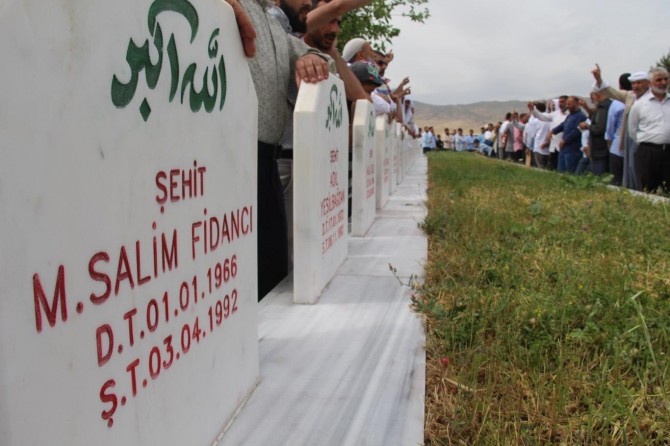
PKK's Susa massacre remains in minds
The 10 people, who killed in the mosque of Susa village 27 years by PKK, which did not give people the right to live in the 90s, were commemorated with mercy and gratitude on the anniversary of their martyrdom.
"Susa mosque massacre", which is one of the massacres of Kurdistan geography, stands out as one of the most brutal massacres committed by the PKK.
Muslims worshipped in the mosque of Susa (Yolaç) village in Silvan district of Diyarbakır, a southeastern province of Turkey, were shot by the PKK in the village mosque on 26 June 1992 - 10 Muslims were martyred and 5 others were wounded.
The pain of this brutal massacre committed by the PKK group, who raided the village by wearing military clothes, remains in minds despite 27 years have passed.
The Susa massacre emerged as a form of violence against Muslims in the territory of Kurdistan, hostility to Islam, intolerance to the sanctity of Islam, arrogance against the signs of Islam, and hatred and commitment to the religious Muslims.
Susa is a village with 90 houses in Silvan (Farqin) district of Diyarbakır. Susa village, 80 kilometers away from Diyarbakır and 5 kilometers away from Silvan, was known for its religious identity and uncompromising of all kinds of non-Islamic formations and structures.
What happened on 26 June 1992?
The Islamic Community, which has been a part of the Kurdistan region during a period when ethnic nationalism and irreligious communism were imposed on the Kurdish nation, tried to bring the blessed divine cause to all people in provinces, districts, towns, and villages while paid heavy price for it.
Susa village was a village that responded positively to this Islamic call and invited people to the Islamic cause in its mosque. People started to learn the Holy Qur'an in the mosque and the life of the Prophet was teaching.
However, the PKK, the trigger of the dark foci in the region, soon became aware of the Islamic light spreading in the village, and it did not tolerate any other understanding in Susa as well as in the rest of the region than itself and did not want to allow any kind of Islamic work to be done.
They wanted to extinguish this light with various tricks, plots, and threats. Therefore, the struggle between truth and superstition also began in Susa.
The mosque community, as always, sat in the mosque after performing the Maghrib prayer on Friday, June 26, 1992, and waited for the Isha prayer.
A few others joined them following the call to prayer, thus people in the mosque became 15 and started performing the Isha prayer.
When Muslims prayed, they did not realize that the blind-eyed criminals were surrounding the mosque, they heard the noise of footsteps but thought they are animals.
However, it was completely different. Members of the treacherous organization, who were not brave enough to face Muslims with their own identity, raided the mosque in military suits, took the mosque community out of the mosque, tied their hands on the pretext of search.
In addition to insulting the religious sanctities, the PKK murderers who forcibly took the mosque community out of the mosque, yelled, "call Allah to come and save you!" this style was actually a harbinger of the atrocities that were about to be committed.
The mosque community, after understood that those armed people are not military members, shouted takbirs while the group fired on 15 innocent, civilian people.
The courtyard of the mosque turned into a lake of blood, and mankind once again witnessed great brutality.
Haji Ahmed and his son Muhammad Emin Kantar, Zeki, Medeni, Sait and Mekki Fidancı brothers, Muhammad Ali Uslu, Abdul Khaluk Ugaş - imam of the mosque, Adnan Kantar and Huseyin Cetinkaya were martyred in the Susa Mosque massacre while 5 others were wounded.
ILKHA


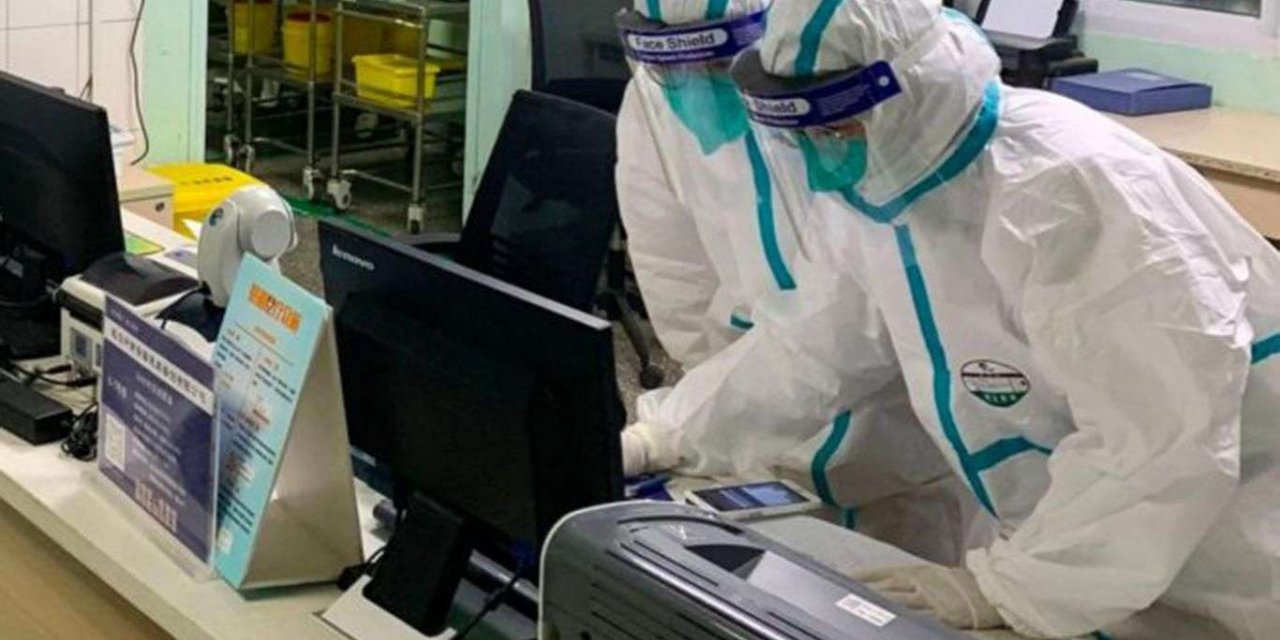
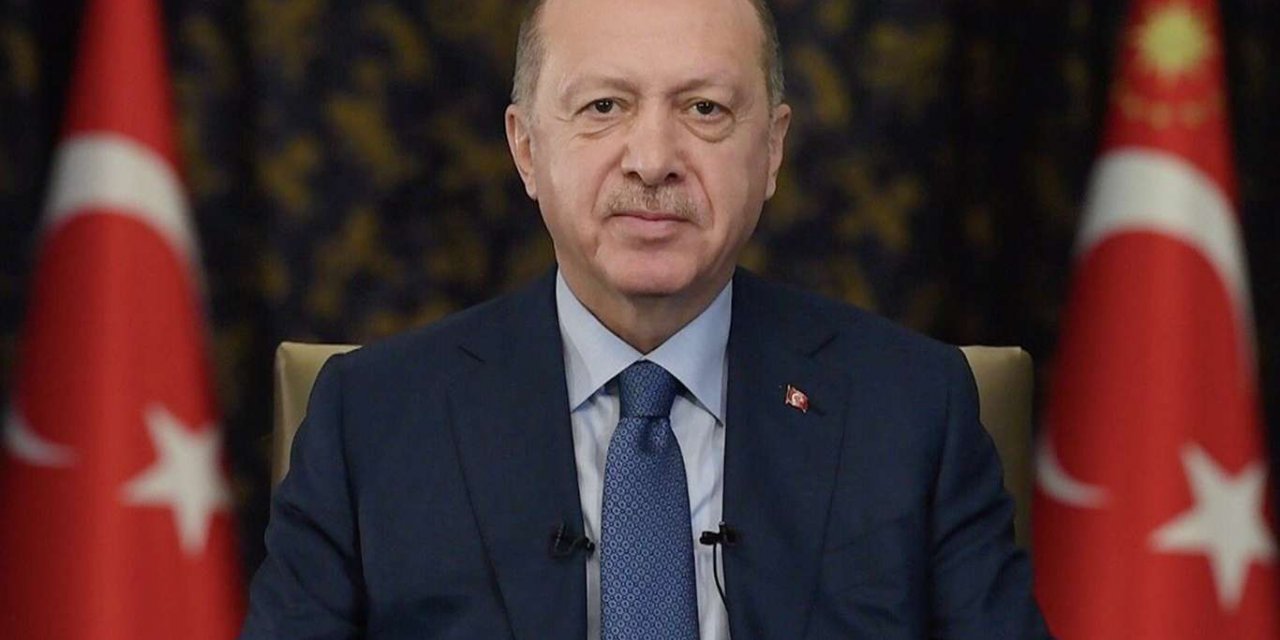
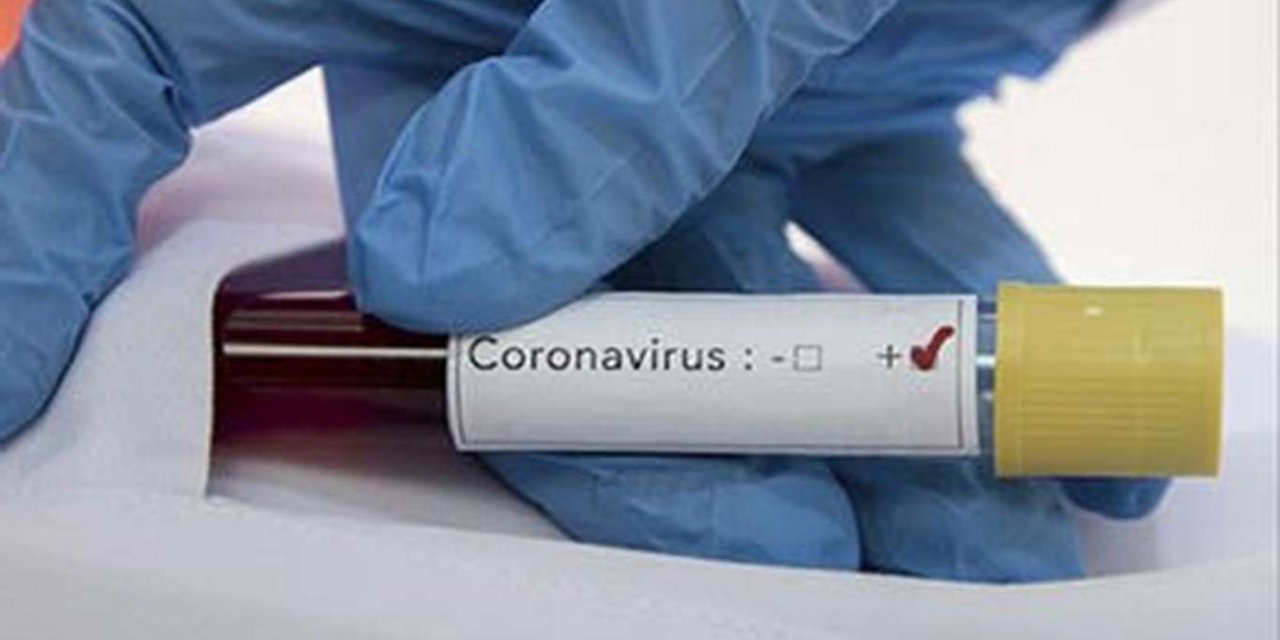
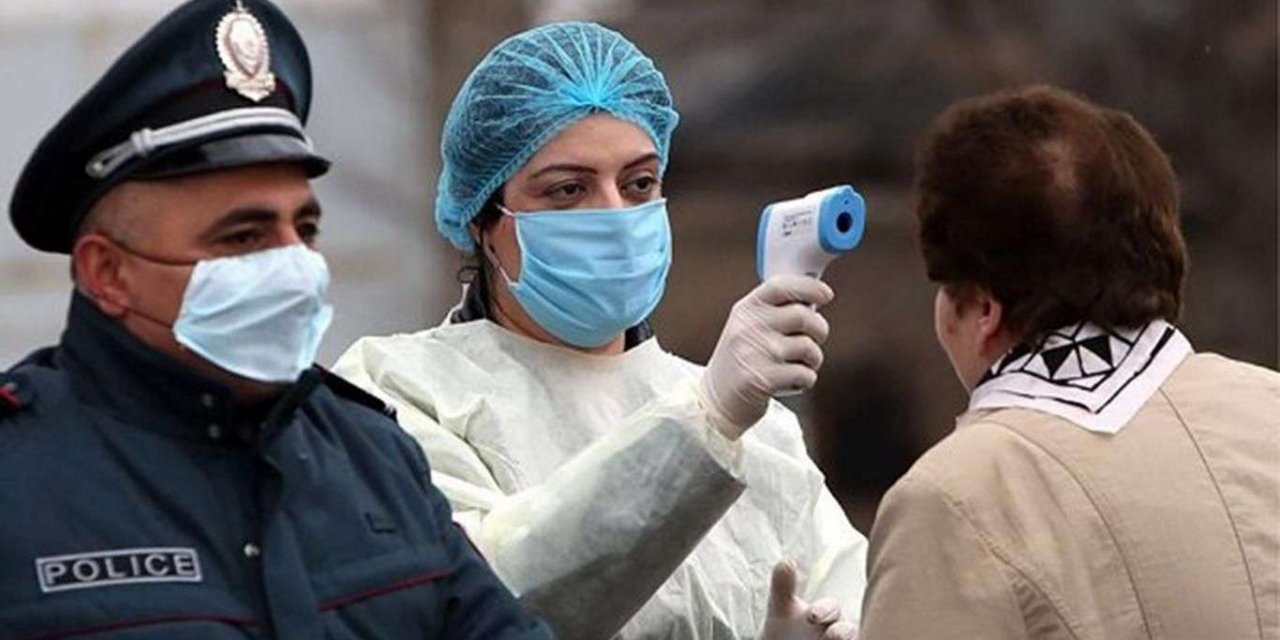
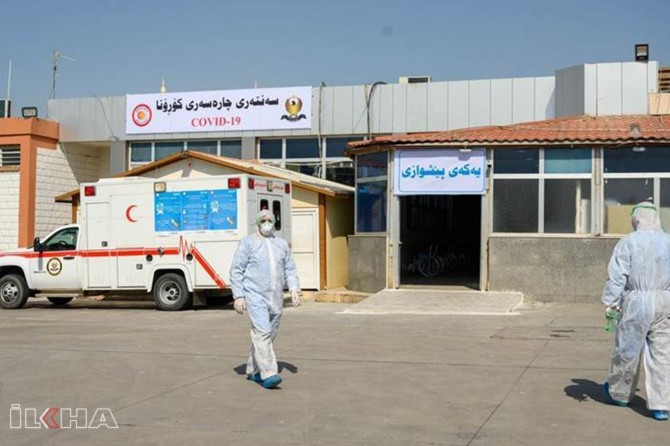
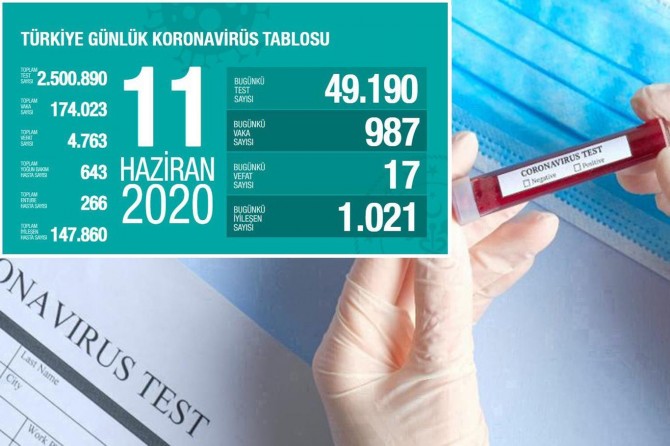
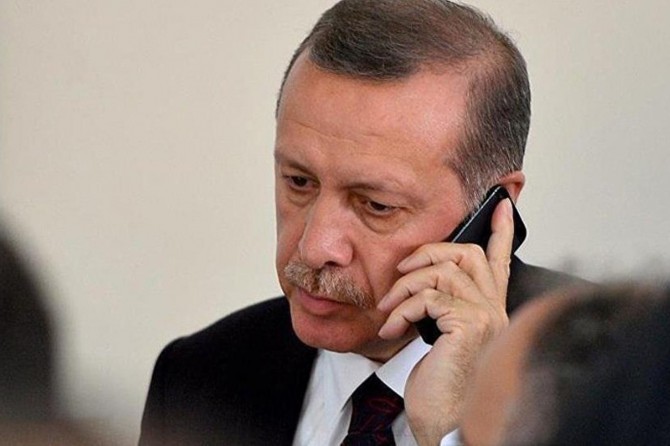
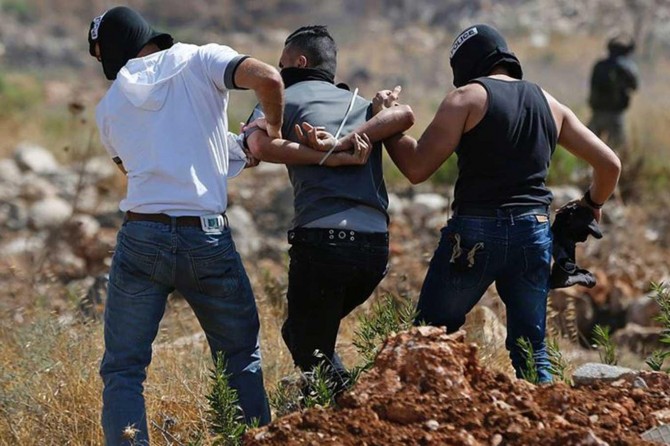
Türkçe karakter kullanılmayan ve büyük harflerle yazılmış yorumlar onaylanmamaktadır.